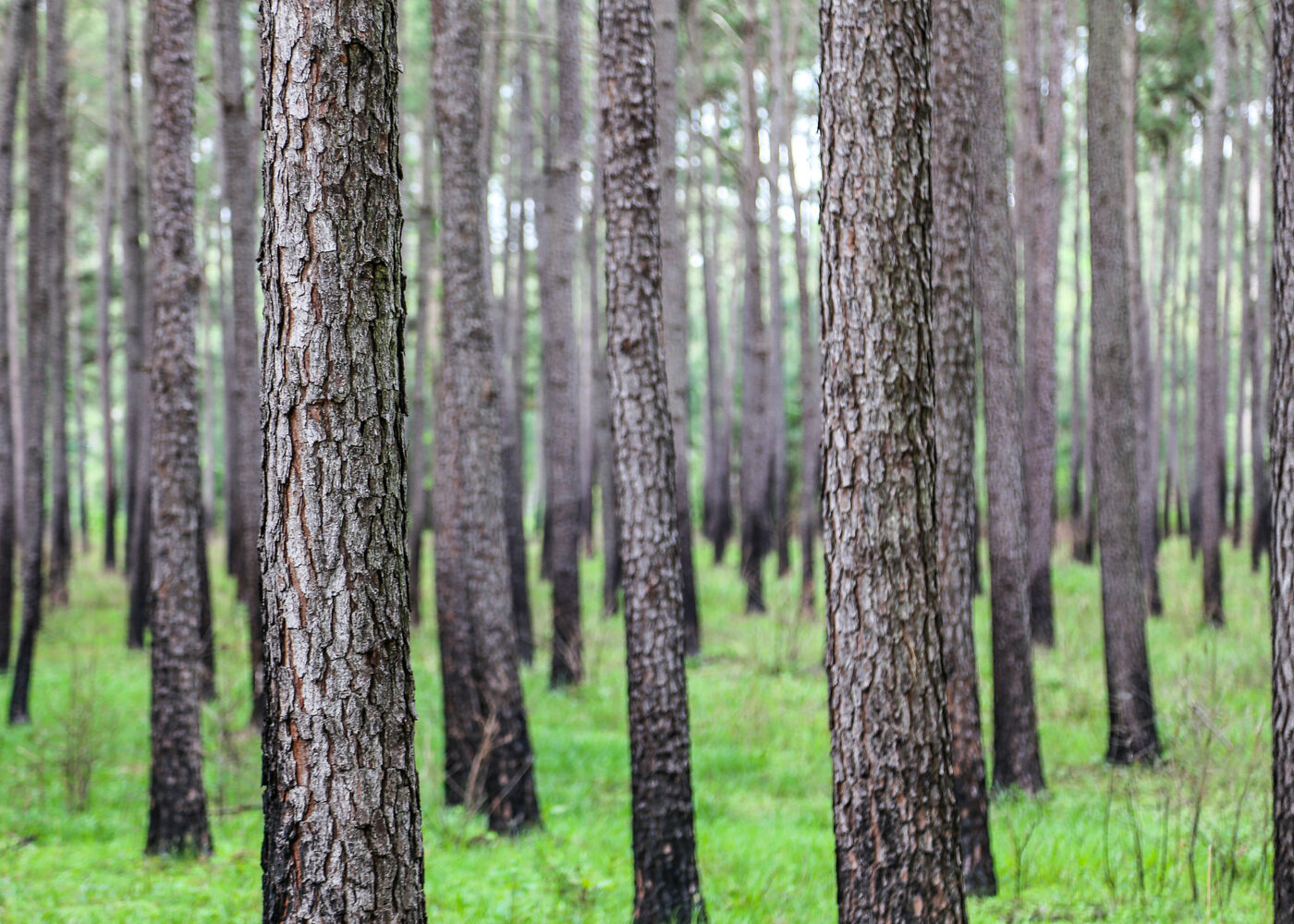Trees absorb carbon dioxide (CO2) from the atmosphere during photosynthesis. The carbon from CO2 is then stored as woody biomass, leaf litter, deadwood, and soil organic carbon for decades.
The carbon stored in healthy forests is becoming a potential source of income for forest landowners through carbon offset markets.
Carbon offsets
Forest conservation, reforestation or afforestation, and improved forest management are forest activities that may be enrolled in a carbon offset project.
Carbon offset projects receive carbon credits for the amount of carbon dioxide (CO2) equivalent to what the project provides. Typically, one carbon credit is issued for one metric ton of CO2, which is about the same amount of CO 2 one tree will absorb in 40 years. These carbon credits can then be bought and sold through a carbon market.
Carbon markets
Carbon markets can be voluntary or regulatory (compliance). Voluntary carbon markets are made up of individuals, companies, and governments committed to minimizing their carbon footprint. Regulatory markets are regulated by state and/or federal governments. Both, even voluntary markets, are legally binding once entered into contracts.
Organizations first implement changes to reduce their Green House Gas (GHG) emissions (primarily CO2) in order to meet standards. However, when the reduction in emissions cannot completely meet standards, then they have the ability to purchase carbon credits from regulated carbon markets to compensate for any remaining GHG emissions. Carbon credits are issued and traded through a carbon registry. Frequently, private companies will work with landowners to develop, enroll, and validate carbon offset projects.
Carbon registry
Carbon registries operate as a marketplace for carbon credits. Before a carbon credit can be registered for sale, an independent third party must verify that an approved protocol was followed to measure the amount of CO 2. Upon successful verification, carbon credits are issued and tracked with a unique serial number to prevent double counting.
Registries must address the following requirements:
- Additionality – carbon credits must only be issued for projects that otherwise would not have occurred in the absence of the issued credit.
- Leakage – carbon offset projects must not shift CO 2 emissions elsewhere because of the project.
- Permanence – carbon offsetting projects must not be reversed before the allotted time after the issuance of the carbon credit.
- Exclusive – carbon credits must be issued for at least one metric ton of CO 2e and to only one entity for each credit.
- Verified – carbon credits must be quantified based on scientific evidence, verified through a third-party, and enrolled in a credible carbon registry.
Visit Carbon | USDA for more information.
